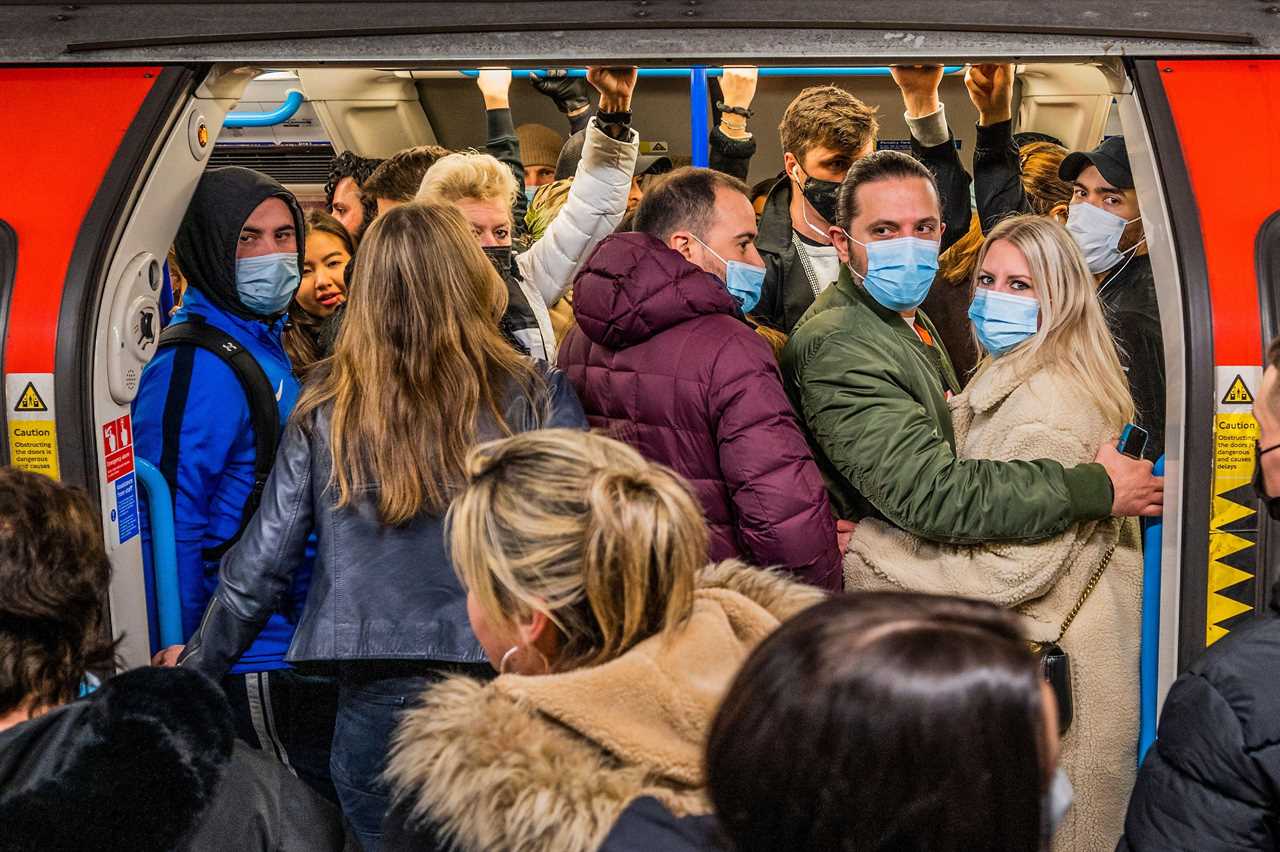OMICRON has been overtaken by a faster-spreading sub-variant, health officials say.
After growing to dominance over Christmas, the strain has now been overthrown by a “stealth sister”.

Known as BA.2, the strain spreads an estimated 30 to 60 per cent faster than the original Omicron (BA.1).
Dr Susan Hopkins, Chief Medical Advisor for the UK Health and Security Agency (UKHSA), said: “We now know that BA.2 has an increased growth rate which can be seen in all regions in England.
“We have also learnt that BA.2 has a slightly higher secondary attack rate than BA.1 in households.
“Although hospitalisations and deaths remain low, cases are still high in some areas and some age groups so it’s important that we continue to act cautiously as restrictions are lifted.
“Consider wearing a face covering when in crowded places. Take a vaccine to protect yourself against Covid-19. If you have any symptoms, take a test.”
Multiple studies have shown that both Omicron strains are milder compared to the Delta strain, which came before.
Catching the new Omicron bug should not put you at any more risk of hospitalisation compared to previous strains.
It therefore is not deemed a threat to the UK’s recovery from Covid – but there will be more variants in the future, which could shake things up again.
The best way to protect yourself from Covid is to get a booster vaccine, with two doses no longer considered effective.
Two doses are nine and 13 per cent protective against symptomatic disease respectively for BA.1 and BA.2.
But this increases to 63 per cent for BA.1 and 70 per cent for BA.2 from two weeks following a booster jab.
People who had Omicron over Christmas are now eligible to get their top-up dose. Before now, they would have been warned that a vaccine dose shouldn’t be given until 90 days after Covid illness.
There is no indications the symptoms of the new super-strain are different to Omicron.
Faster spread
A new risk assessment published by the UK Health and Security Agency today said “BA.2 is now dominant in England”.
The growth advantage – the variant’s ability to grow in case numbers compared to other strains – is “significant” and “now visible in multiple countries”.
Data shows that people are more likely to spread BA.2 to other household members than they would BA.1.
And it is possible to get infected with BA.2 even if you have previously had the Omicron BA.1 strain.
UKHSA said there have been “small numbers of BA.2 reinfections”, making it rare. However, all reinfections have been recent, suggesting it could become more common.
But generally, it appears that a prior bout of illness with Omicron is protective against another one, studies on animals show.
There are no signals that BA.2 triggers an illness any more severe. Hospitalisation data appears the same for both Omicron strains.
It means that, despite the new Omicron strain becoming dominant, it should not have an impact on the Covid crisis in terms of how many people are admitted to hospital or die.
However, experts have previously said that a strain that spreads faster can lead to a surge in hospitalisations as a by-product of more cases.
The Covid outbreak in the UK is currently retreating, with yesterday’s new daily cases 55 per cent down in one month.
An average of 44,000 people are getting a positive test per day.
Dr Hopkins said that public health experts continue to analyse variants as part of the pandemic response.
It comes after the World Health Organization said it was not seeing any indication that BA.2 was more severe than BA.1
The agency said “initial data suggest that infection with BA.1 provides strong protection against reinfection with BA.2”.






